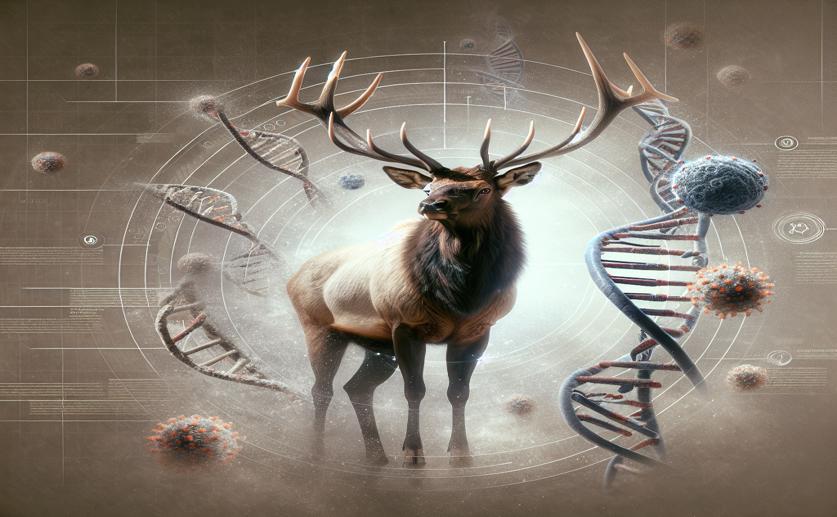
How Disease Influences Gene Variations in Rocky Mountain Elk
David Palenski
31st January, 2024

Image Source: Natural Science News, 2024
References
Main Study
1) Ecology and Chronic Wasting Disease Epidemiology Shape Prion Protein Gene Variation in Rocky Mountain Elk (Cervus elaphus nelsoni).
Published 30th January, 2024
Journal: Journal of wildlife diseases
(DOI unavailable)



 24th January, 2024 | David Palenski
24th January, 2024 | David Palenski